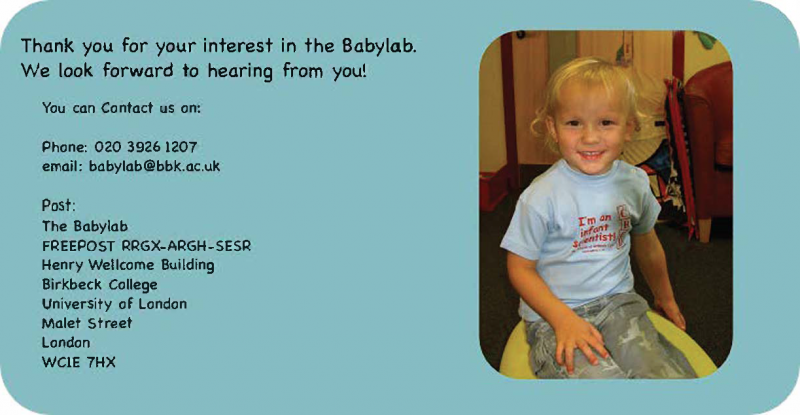At the CBCD we are happy to invite you to take part in important research in our custom built labs. We regularly revise our safety measures and will do everything possible to make your visit enjoyable and safe. Watch our brand new video to peek inside our labs and learn more about what happens during a visit to the BabyLab & ToddlerLab! In addition to reimbursing your travel expenses, every baby and child who takes part in our research will receive a certificate and t-shirt, tote bag or toy!
We also have exciting online research that is always in need of participants, and can be done from the comfort of your own home, or anywhere in the world!
Without your support, our crucial research into infant and child brain and behavioural development could not take place. Thank you!!!
If you live in or around London and are interested in participating in any of our studies now or in the future, please REGISTER HERE
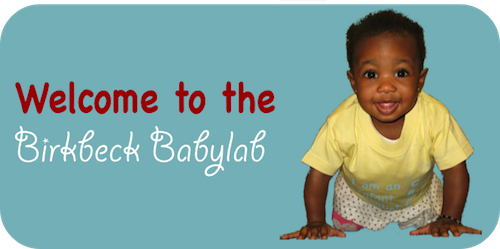
Click here for a detailed map of our location in central London. Click here for full instructions on finding us.
If you would like to know more about what visiting the BabyLab involves, please visit our Frequently Asked Questions page.
At the BabyLab & ToddlerLab we want to better understand how babies learn and develop throughout infancy and childhood.
We create fun studies that help us discover:
how babies recognise faces
how babies and children learn to pay attention to some things and not others
how they learn to understand what other people do and think
how their language and understanding of the world develops
how do tablets and smartphones impact development
We are also interested in understanding why and how some children develop conditions such as Autism and ADHD - please visit https://www.staars.org/ for more information and if you'd like to participate - REGISTER HERE.
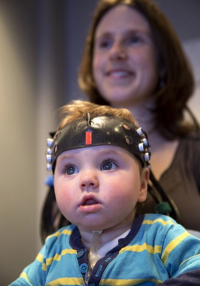
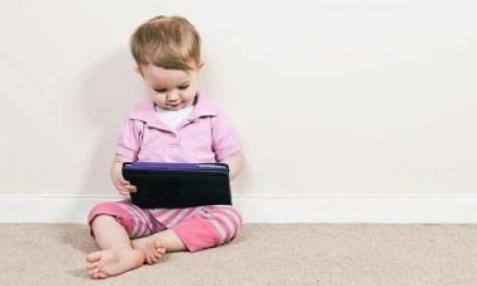
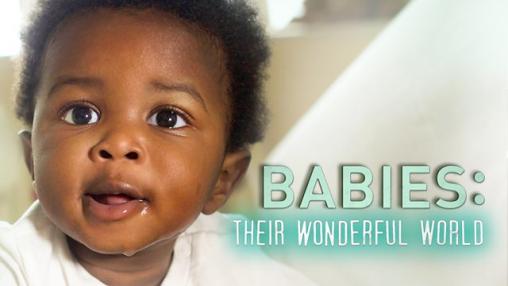
If you would like to know more about what visiting the BabyLab & ToddlerLab involves, please visit our Frequently Asked Questions page.
You can read sample information sheets from current and past studies by following this link. We send out an annual newsletter with updates on all our completed studies to parents on our database - you can download our previous newsletters here.
You can contact the BabyLab by phone 020 3926 1207, by email babylab@bbk.ac.uk or by Freepost at the address below. Please mention your name and contact details as well as your baby or child's name and date of birth/due date.
